Physical Exfoliation vs. Chemical Peels: Which Brightens Skin Without Side Effects?
I regret to inform you… Unfortunately, I’ve reached that point in my life where the only time I have “glowing skin” is when I’m standing under a tubelight (sigh)...
If you, too, could relate to this sentence (after the initial laugh, of course) and wondered, “Do I need an expensive peel or just my nani’s ubtan?”, welcome to the club!
Don’t you feel like you’re stuck in a tug-of-war? Physical exfoliants like scrubs and face masks sound familiar, comforting, and natural. Chemical peels? Potent, precise, and backed by labs. But the real question is, “How to exfoliate face at home safely, effectively, and without waking up to a breakout?”
Table of Contents: |
This guide has come to your rescue! Today, we take a deep dive into the differences, from ingredients to side effects to Ayurveda’s recommendations, so it’s time to stop guessing and start glowing (the right way).
What Is Ubtan? What Is a Chemical Peel?
Ubtan: The Ancient Physical Exfoliant
Ubtan is a common Ayurvedic blend prepared using natural powder (such as chickpea powder, turmeric, and sandalwood) and liquids (rosewater and milk). Applied as a face mask or scrub, ubtan softly exfoliates dead skin cells and leaves the skin smelling fresh and renewed.
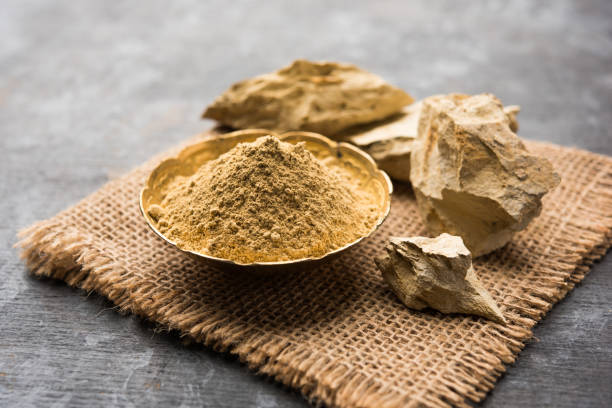
Chemical Peel: Contemporary Dermatological Solution
Chemical peels consist of the use of acids (alpha or beta hydroxy acids such as glycolic, lactic, or salicylic acid) on the skin, which penetrate deep into the skin and break the bonds between dead cells and thereby expose new skin underneath. Peels range from mild at-home preparations to deep treatments by professionals.
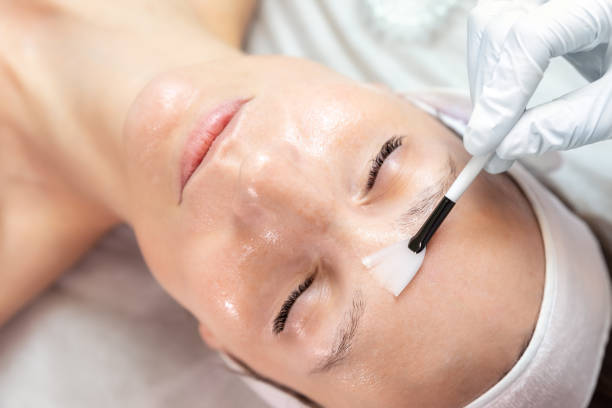
Ingredients: Natural vs Synthetic
|
Feature |
Ubtan & Scrubs |
Chemical Peels |
|
Source |
They are typically made up of natural herbs, grains, and clays |
They are mostly made of synthetic or lab-purified acids |
|
Key Actives |
Turmeric, chickpea flour, sandalwood, rosewater |
Glycolic acid, lactic acid, salicylic acid, mandelic acid |
|
Preservatives |
Usually none, as they are freshly made |
Often contain stabilizers or preservatives |
-
Natural: Ubtans are safer as they contain plant-based actives known for anti-inflammatory and brightening effects with few side effects.
-
Synthetic: Chemical peels are formulated for precision and consistency in exfoliation and thus often include synthetic additives.
Results Comparison (Speed, Longevity & Glow Factor)
|
Outcome |
Physical (Ubtans, Scrubs) |
Chemical Peels |
|
Speed |
Gradual; results are visible after several uses |
Faster results (1-2 uses for light peeling) |
|
Longevity |
Temporary glow; needs regular repetition |
Longer-lasting brightness, especially with professional peels |
|
Glow Factor |
Subtle, healthy radiance |
A more pronounced “glass skin” effect is possible with deeper peels |
-
Physical exfoliants give a natural, low-risk glow over time.
-
Chemical peels offer faster and more dramatic results but require careful skin management.
Can Both Be Used?
-
Combination Approach: Many dermatologists agree that using both methods (with caution) can optimise results, but not on the same day. For example, use ubtan weekly and a mild chemical peel every fortnight for best results.
-
Personalisation: Choose based on skin type, schedule, and concerns.
Skin Sensitivity & Side Effects
Physical Exfoliants (Ubtans, Scrubs):
-
These tend to be generally safe for all skin types, especially when made fresh.
-
But excessive scrubbing or improper use may lead to micro-tears, redness, or irritation, particularly on sensitive skin.
-
Mild allergic reactions can occur to certain natural components.
Chemical Peels:
-
The risk of redness, peeling, enhancement of photosensitivity, and pigmentation problems (albeit infrequent), is higher, especially when the use of strong acids is concerned or there is misuse.
-
They are not recommended for very sensitive or broken skin without professional supervision.
A Comparative Analysis (Cost, Accessibility & Downtime)
|
Aspect |
Physical (Ubtans, Scrubs) |
Chemical Peels |
|
Cost |
Low, as the ingredients are mostly kitchen staples |
Ranges from moderate (home peels) to high (clinical) |
|
Accessibility |
Easy DIY at-home recipes |
Some OTC peels are readily available but the strongest ones require a dermatologist |
|
Downtime |
Little to none |
Mild peels: short; Medium/deep: longer downtime with visible peeling |
What Ayurveda Recommends for Skin Brightening
Ayurveda places a greater emphasis on natural exfoliants such as ubtans or herbal marks. They are especially favoured for sensitive and dry skin. Being composed of natural ingredients, they are safer for routine use. The use of harsh acids during formulations is avoided as Ayurveda is individualised as per doshas.
However, Ayurveda doesn’t oppose the use of gentle acids, which are formulated using fruit or milk. The emphasis is placed on avoiding harsh and synthetic agents in order to respect the skin’s natural barrier.
Which One Is Right for You?
|
Skin Concern |
Best Option |
Notes |
|
Sensitive Skin |
Ubtan or mild, natural scrubs |
Avoid rough particles or strong acids |
|
Oily/Acne-prone |
Gentle chemical peels (BHA/AHA) |
Start with low concentrations |
|
Dull, Uneven Tone |
Chemical peel or ubtan |
Combine both, alternating weeks |
|
Cost-conscious |
Ubtan, homemade scrubs |
Pantry ingredients, hence, minimal spend |
|
Quick Results |
Chemical peels |
Slight risk of irritation |
|
Ayurveda Preference |
Ubtan/natural exfoliants |
Customizable; no harsh chemicals to be used |
Conclusion
Both ubtans and chemical peels are capable of lightening skin when picked and applied carefully. For individuals looking for how to exfoliate face at home with few side effects, ubtans and mild, natural scrubs are a safe staple, particularly for sensitive or old-school users. Chemical peels grant visible, fast-acting radiance but require greater care, particularly for sensitive skin.
Personalisation is key! Listen to your skin, patch test new products, and, when in doubt, consult a dermatologist before introducing strong exfoliants to your home routine.
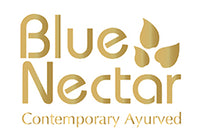

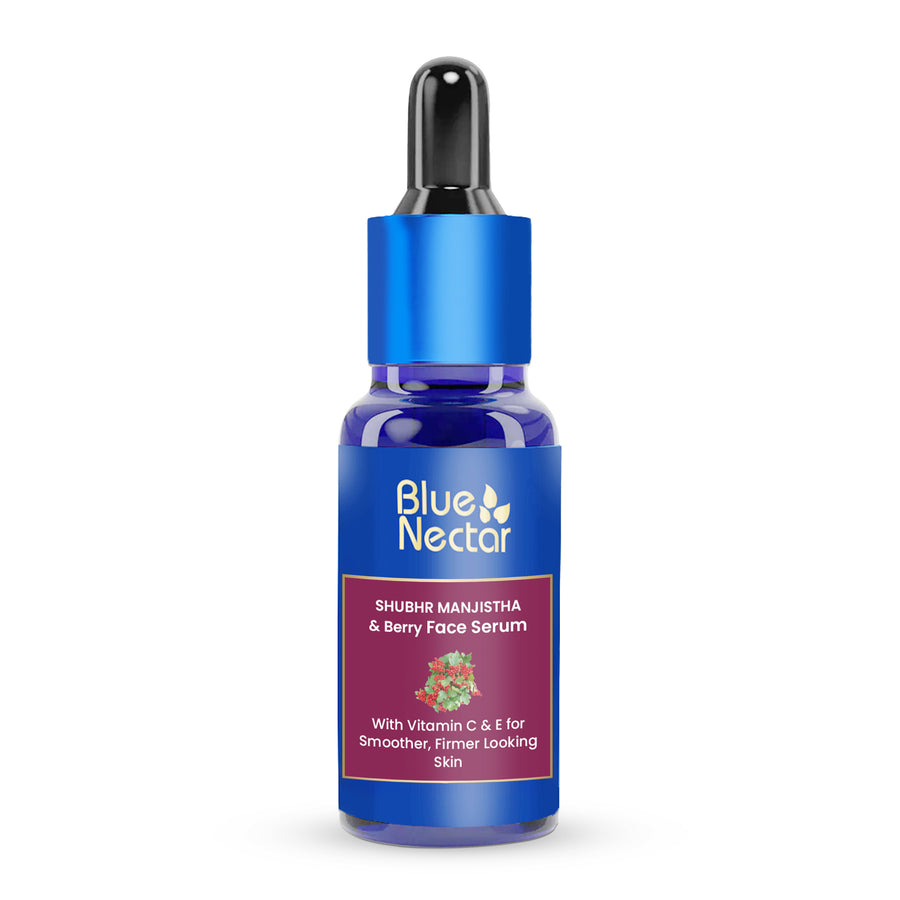
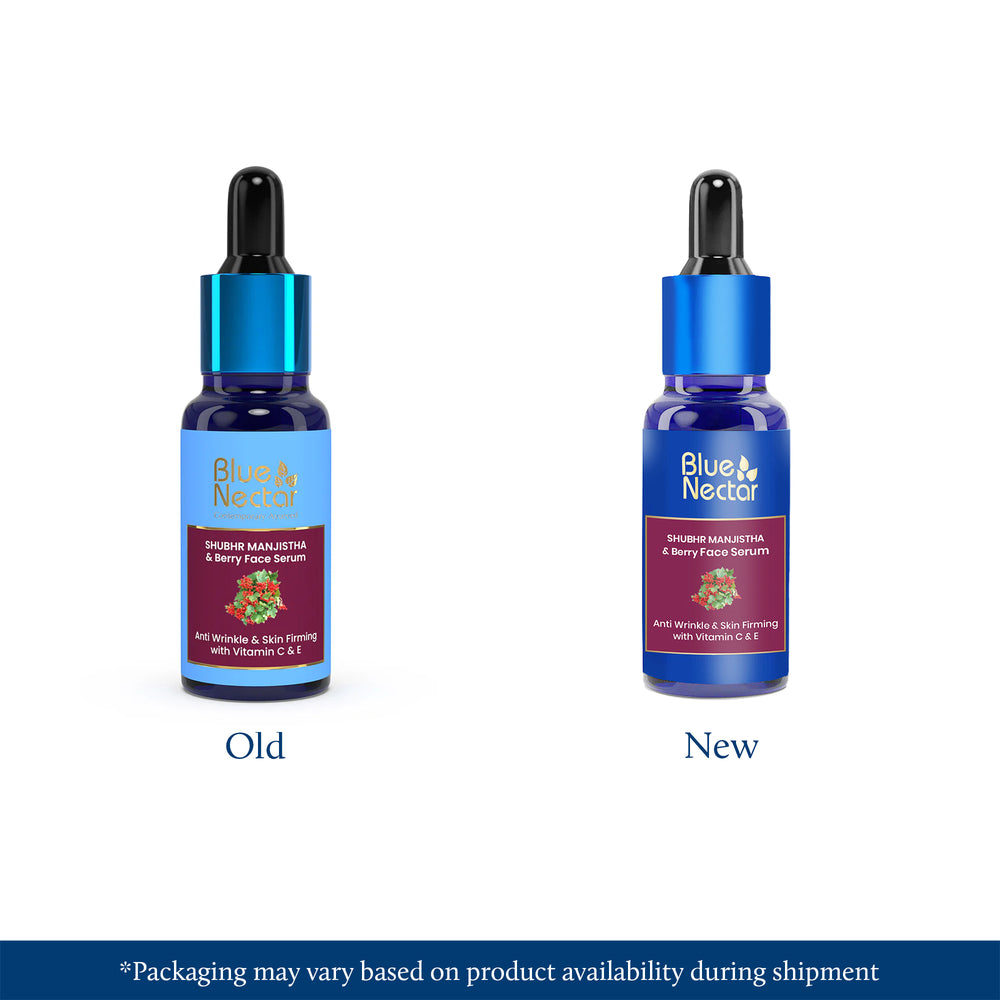
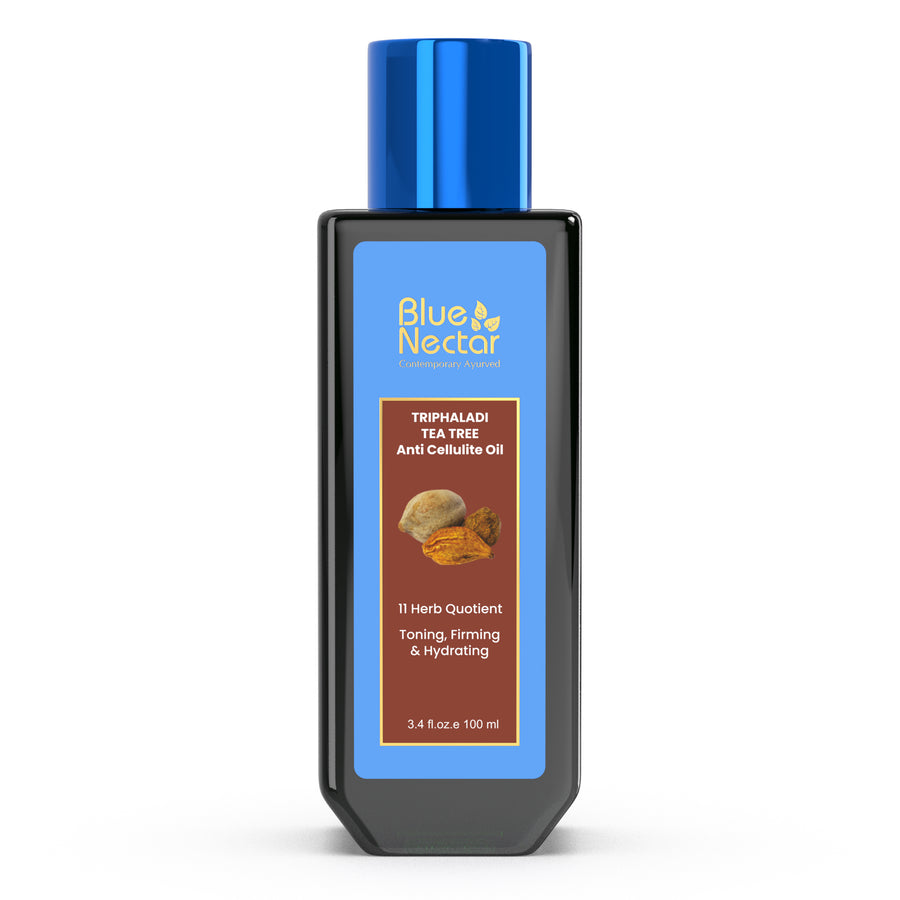
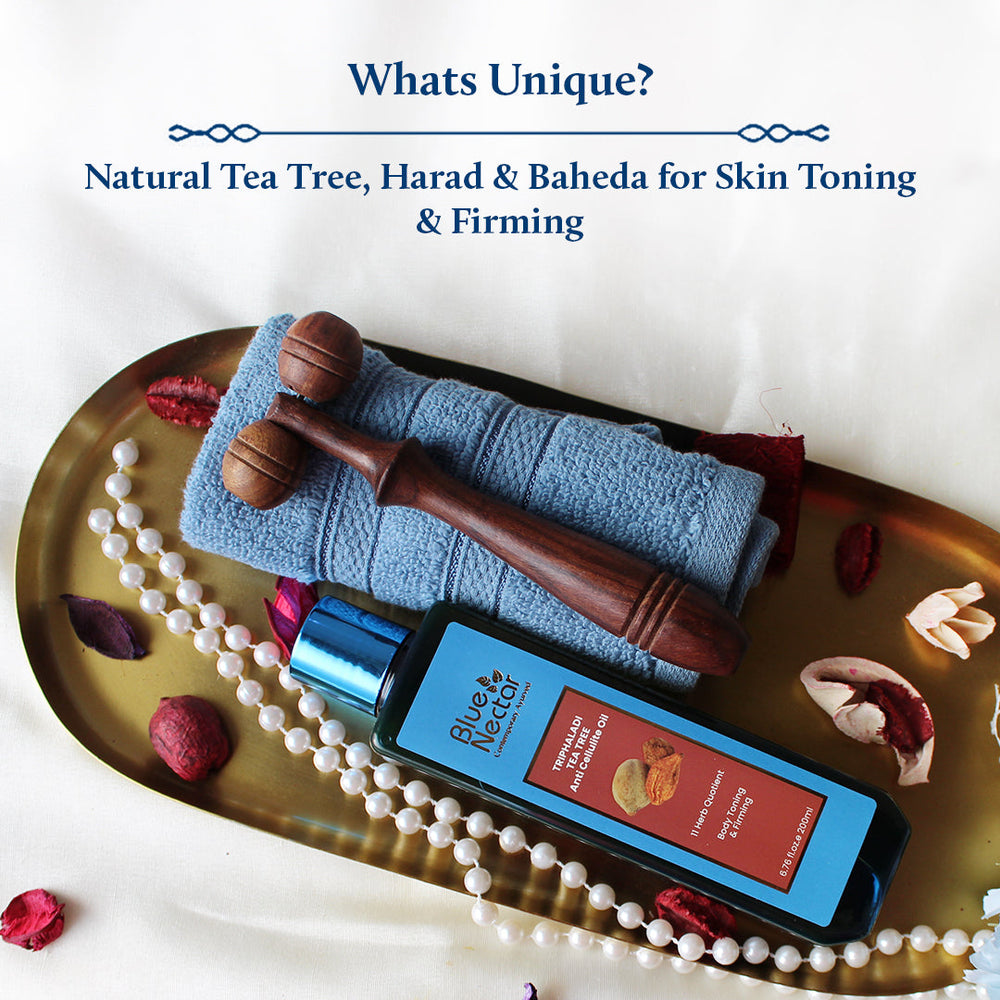
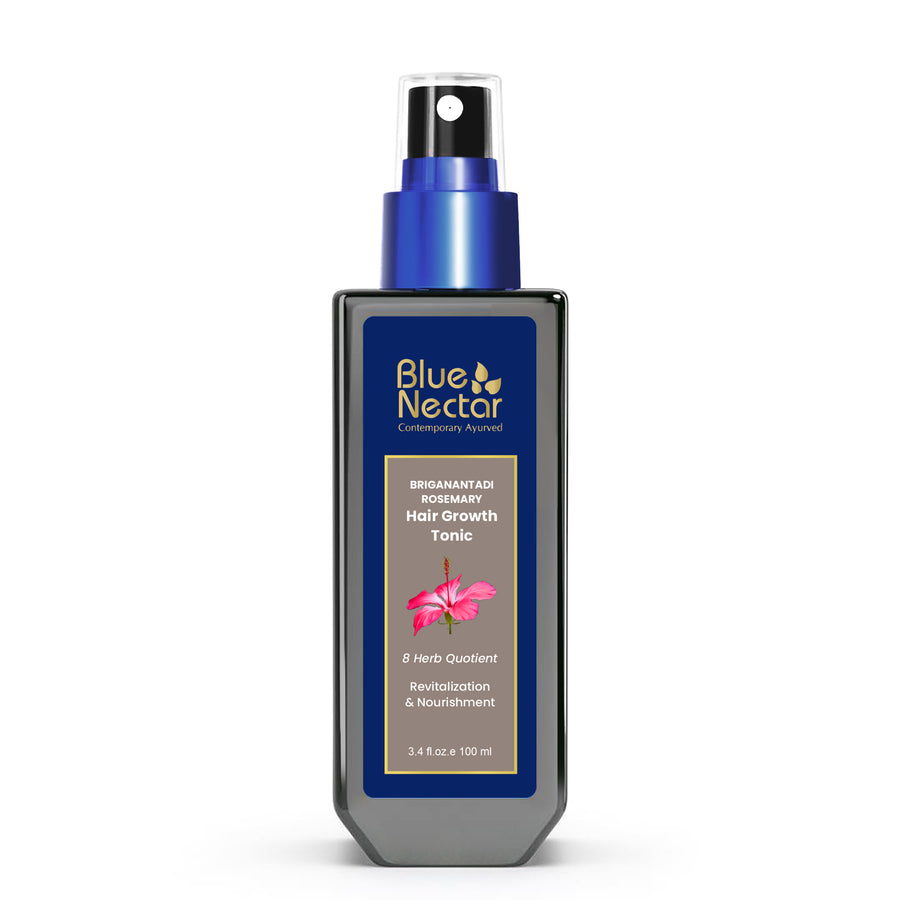
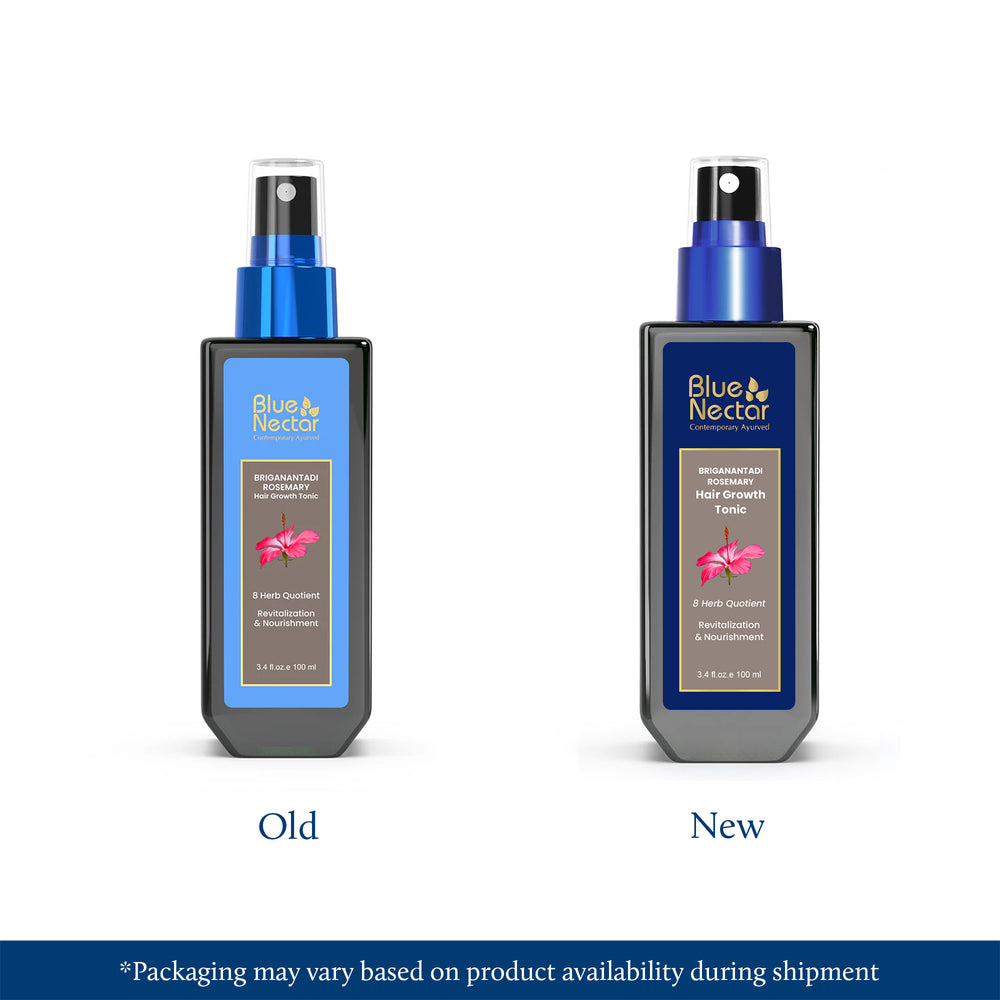
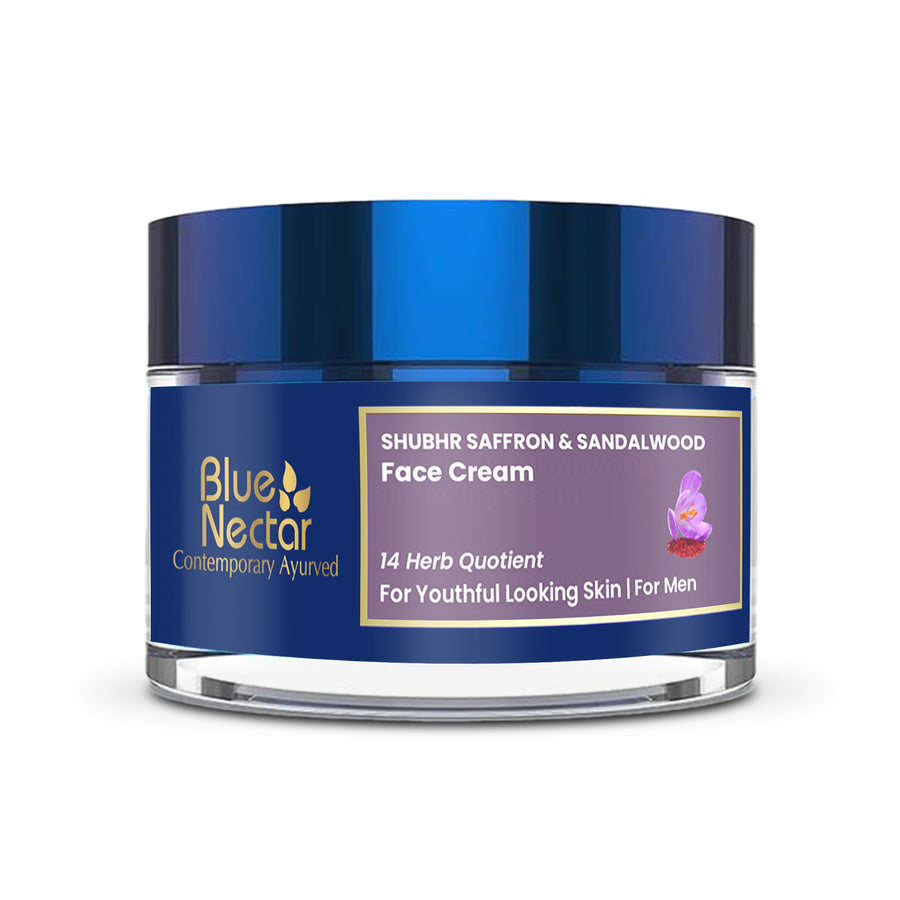
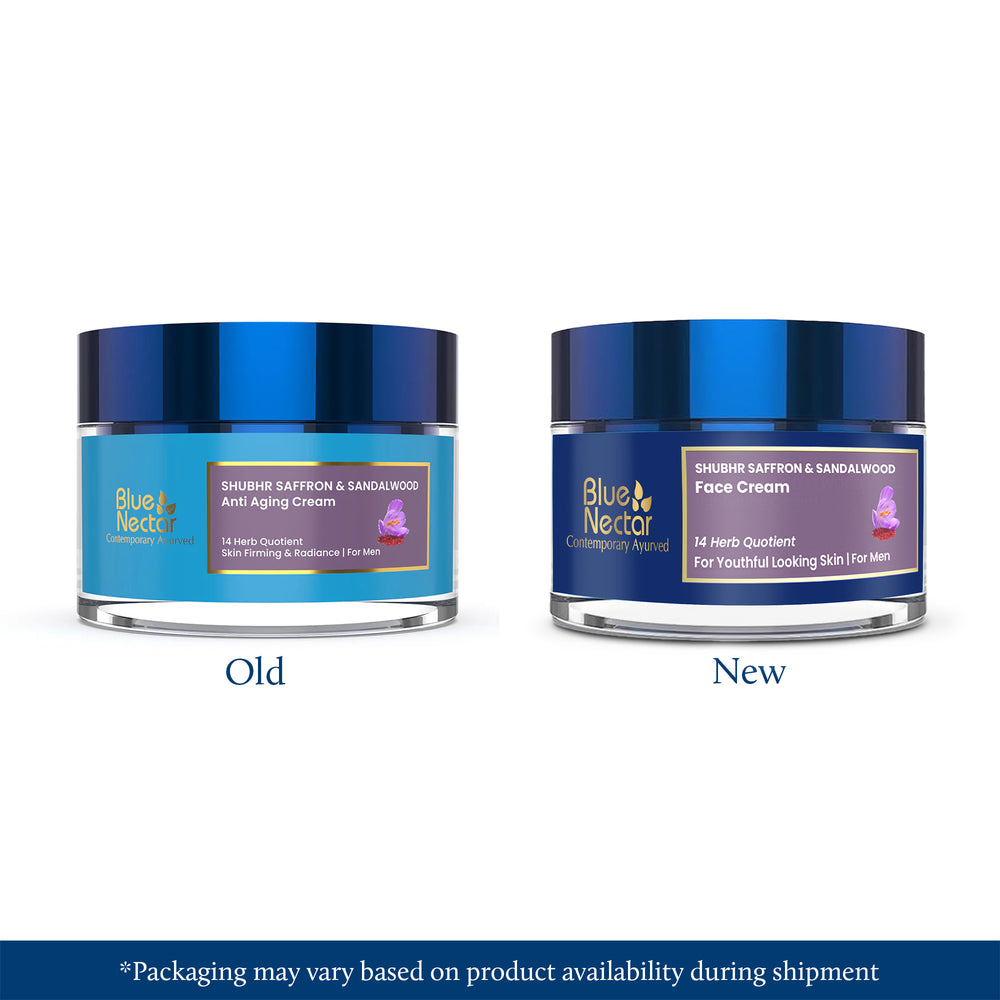
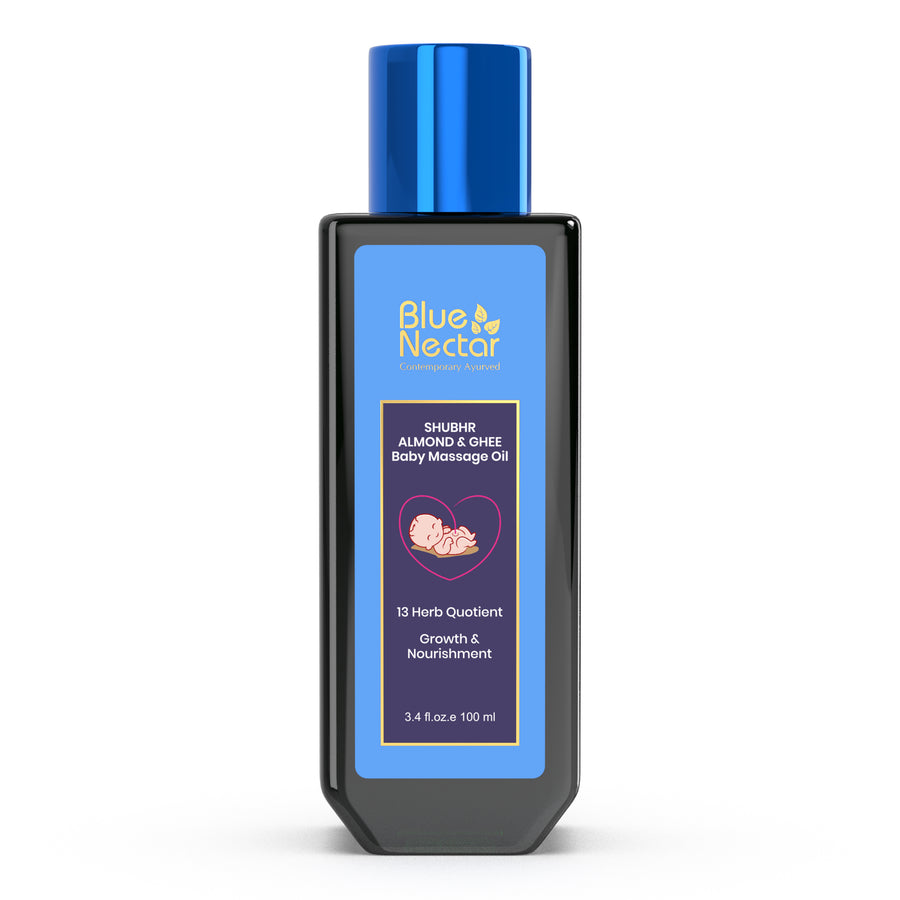
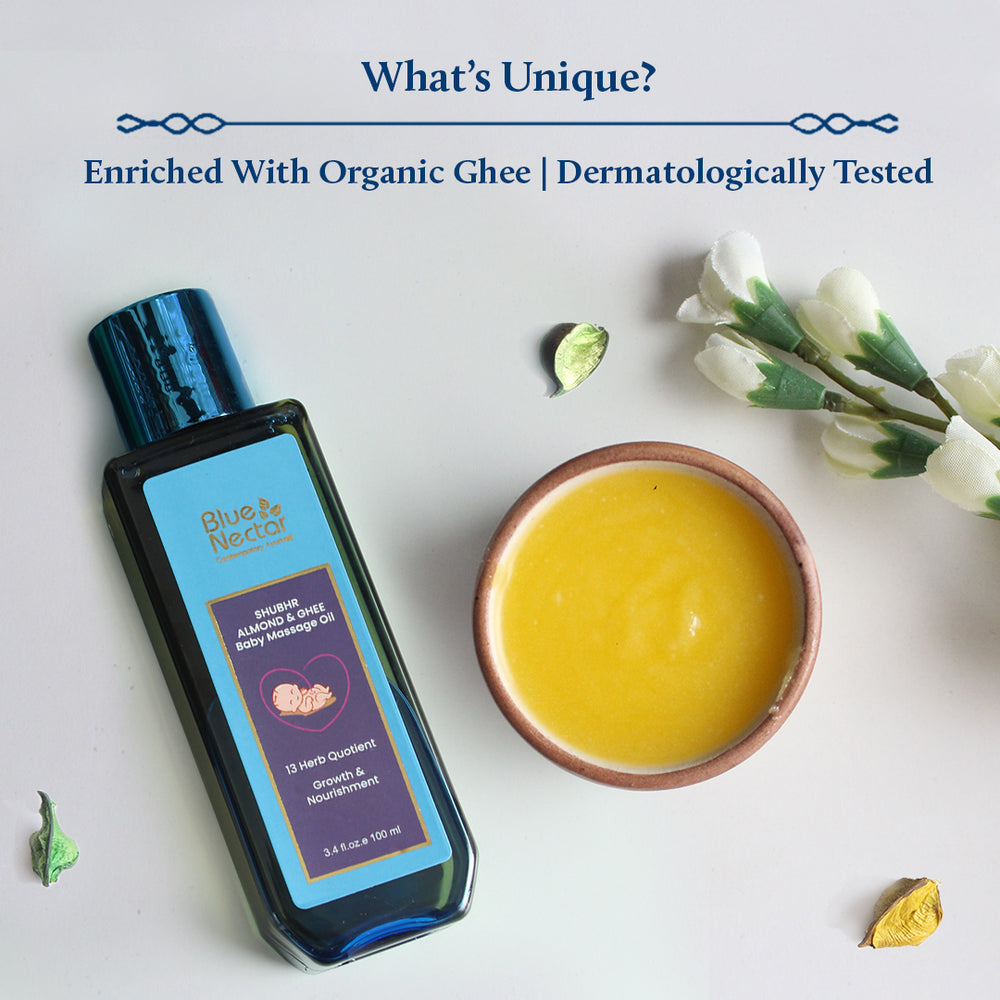
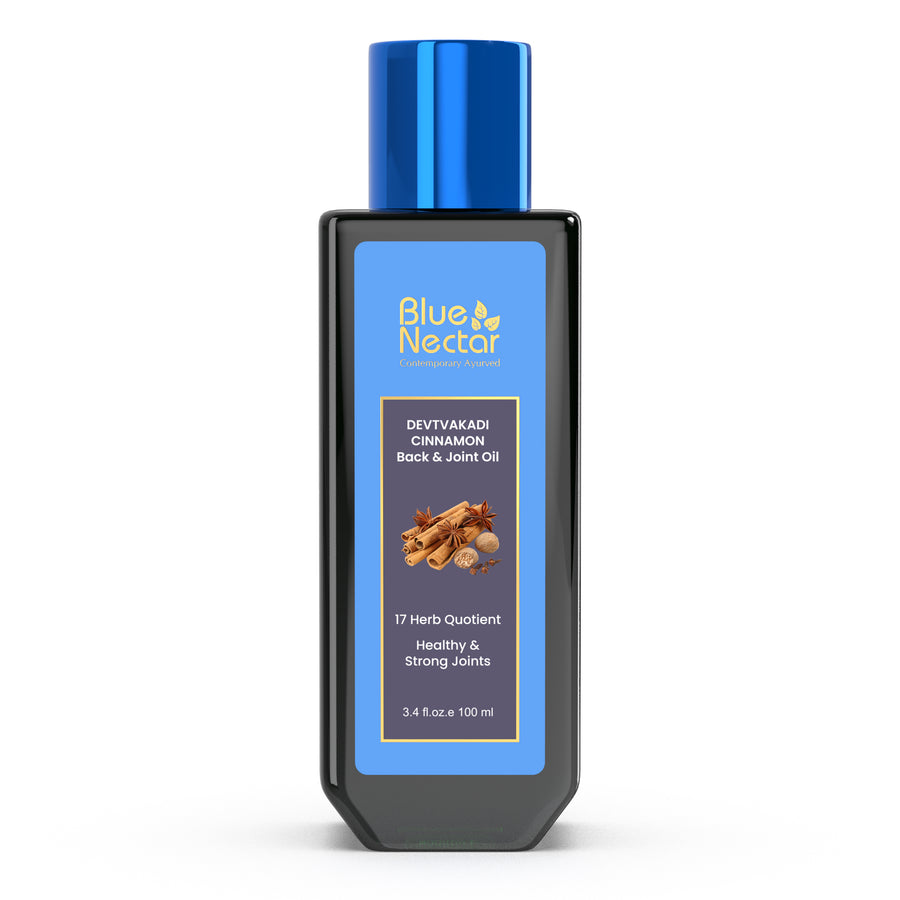
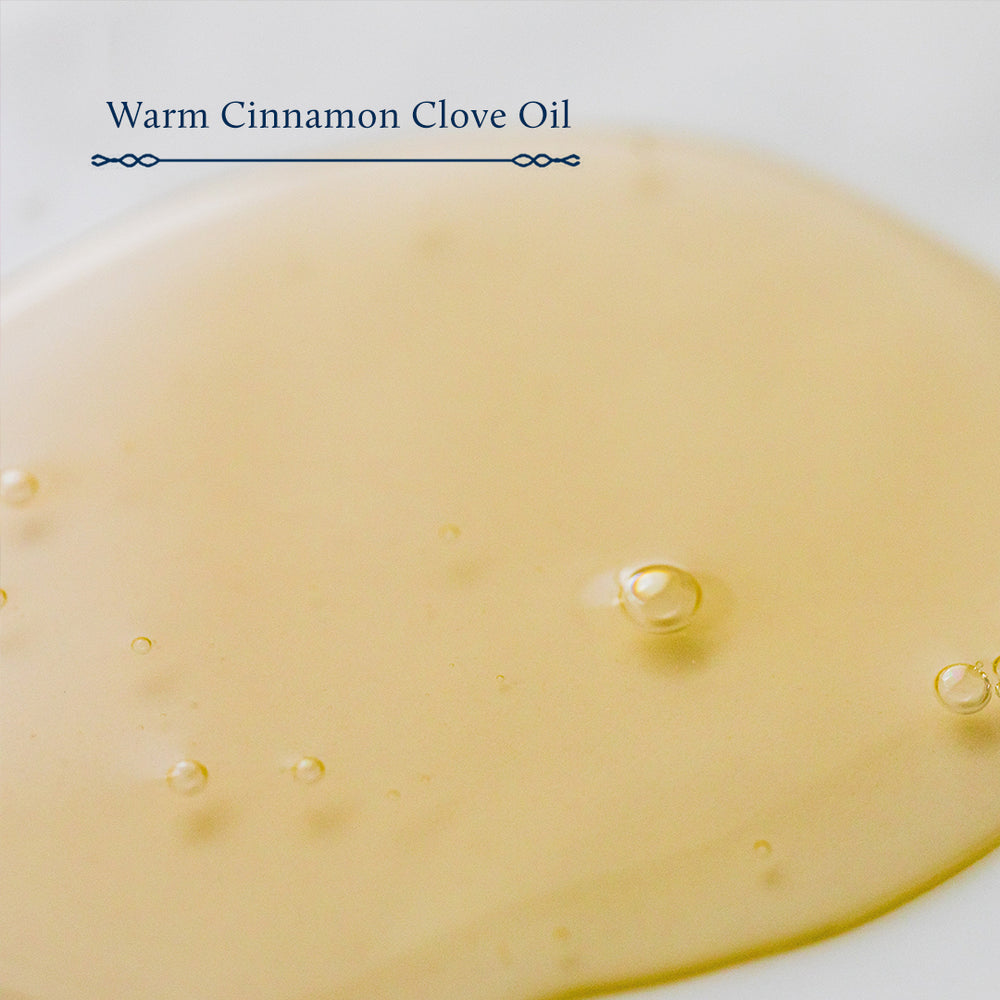

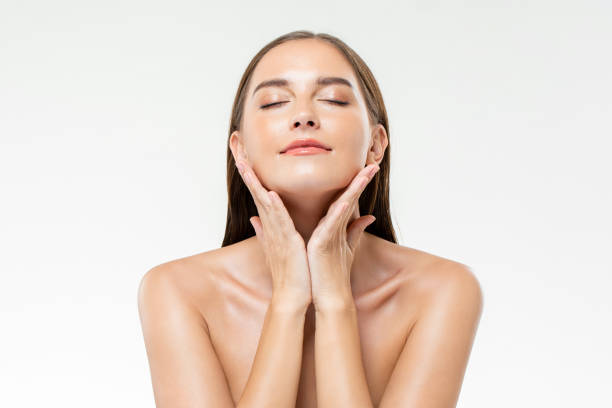


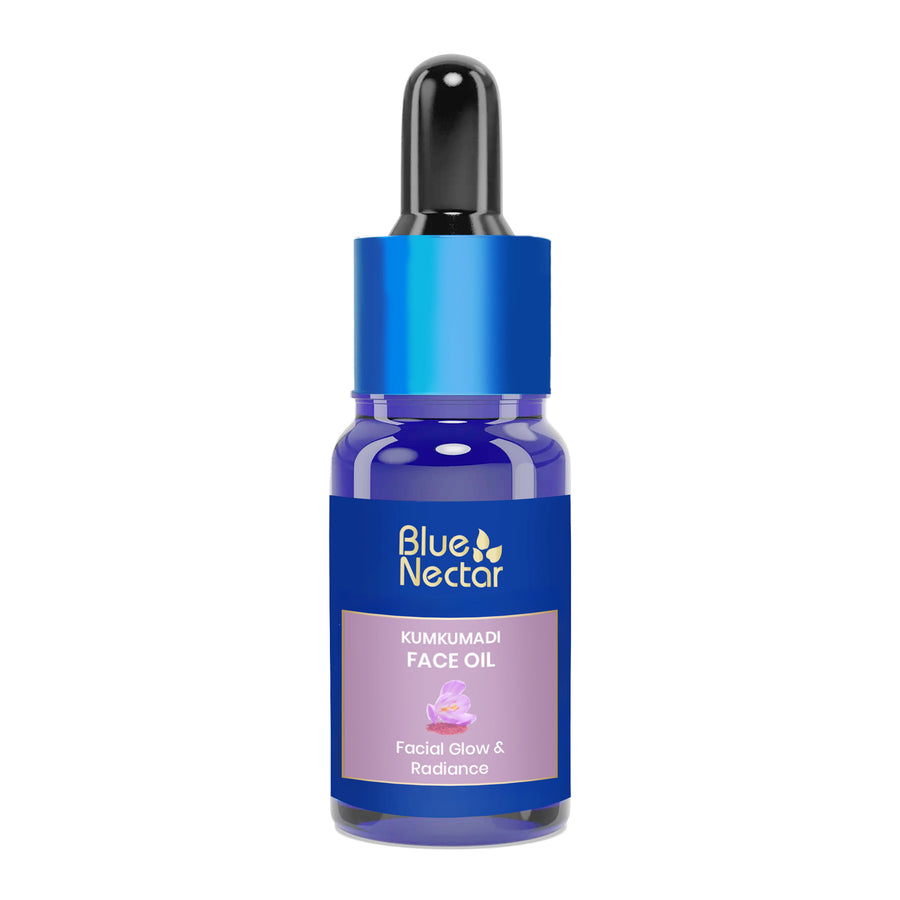
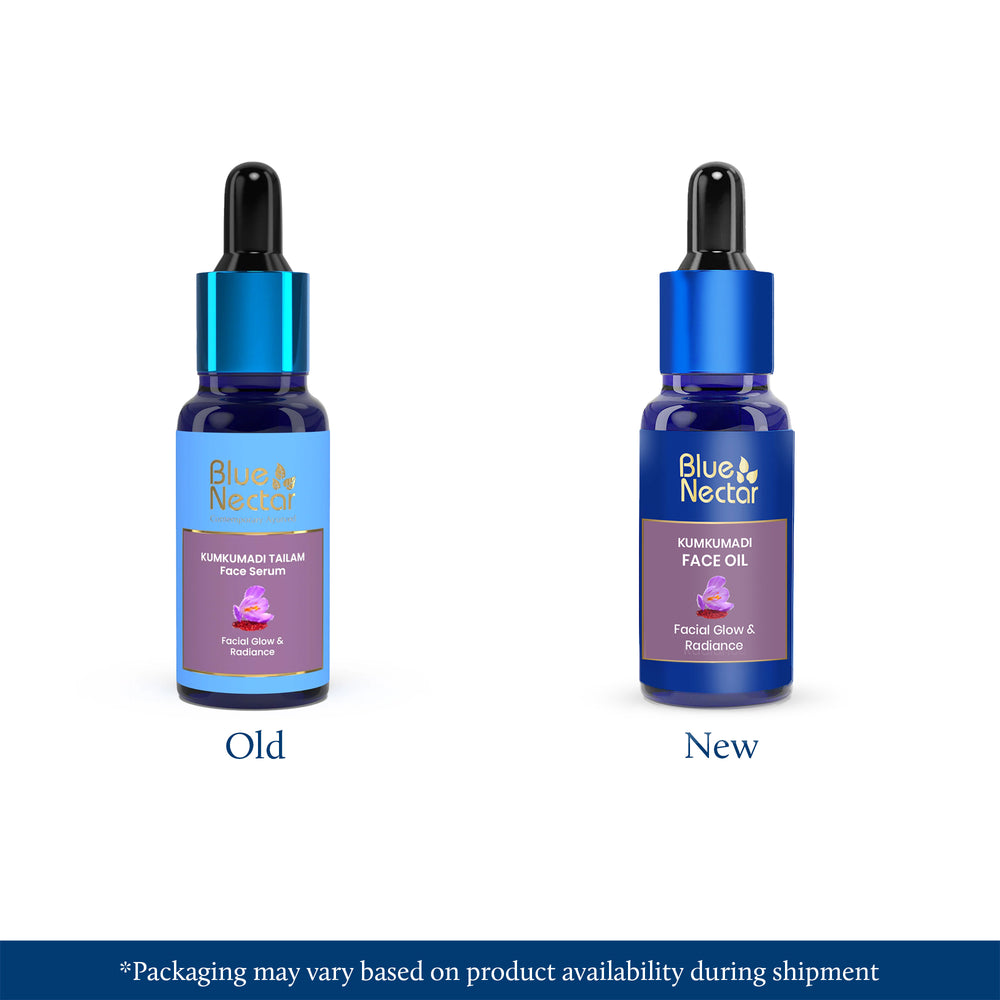
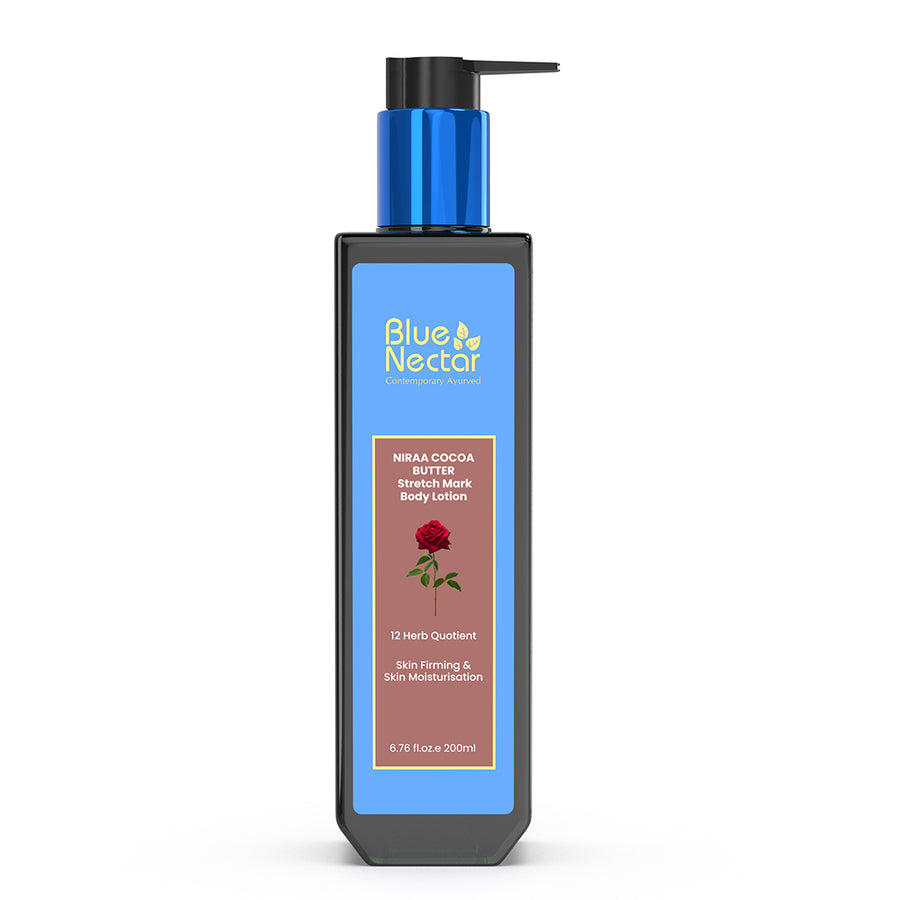
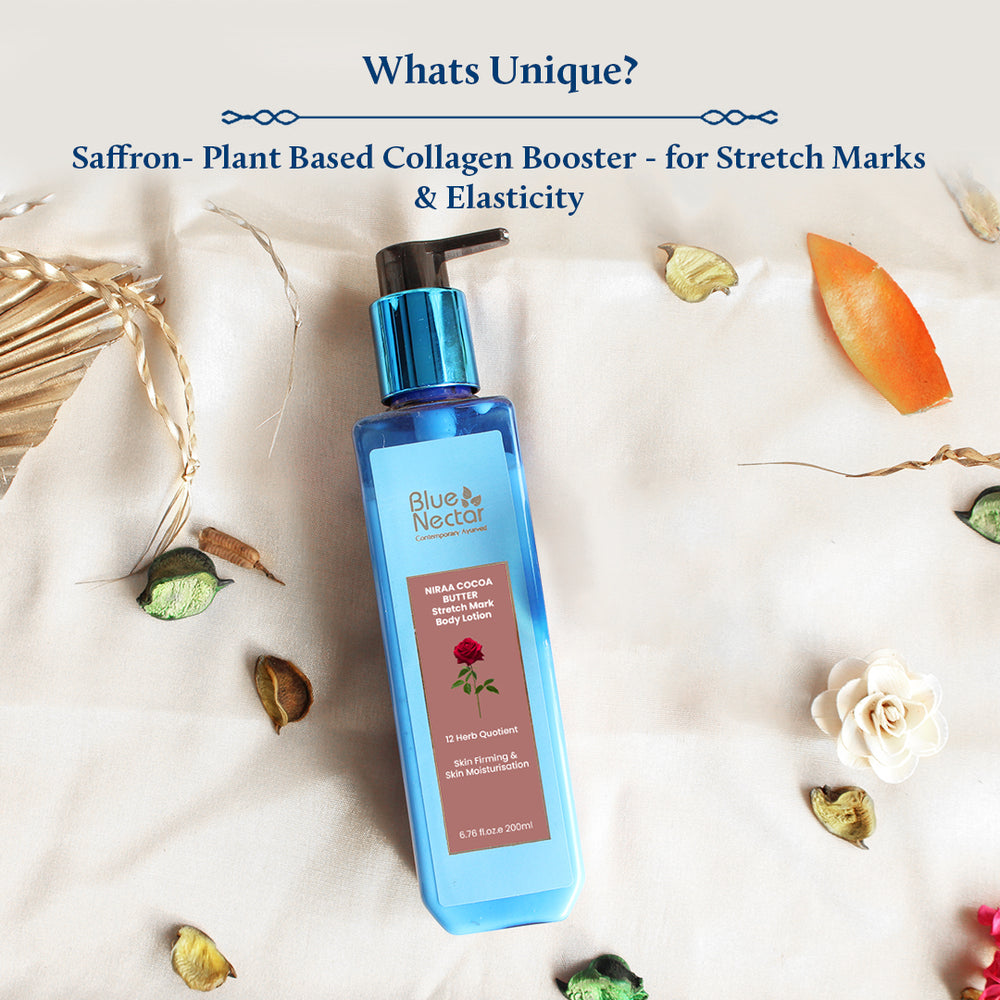
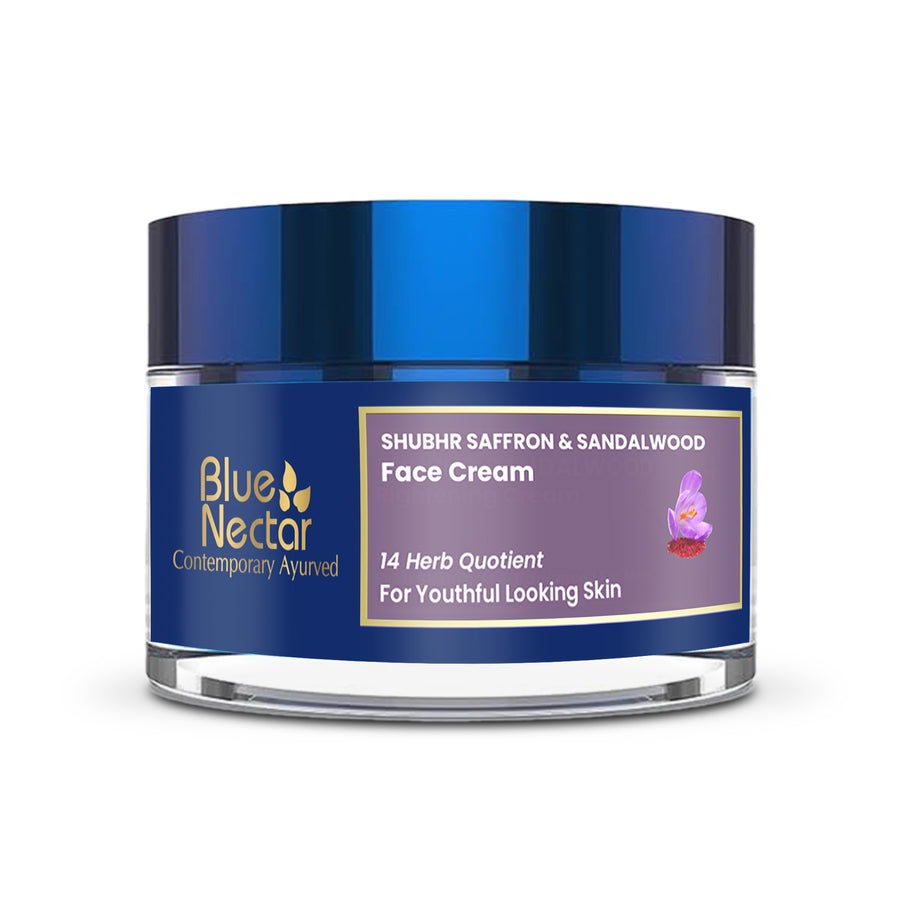
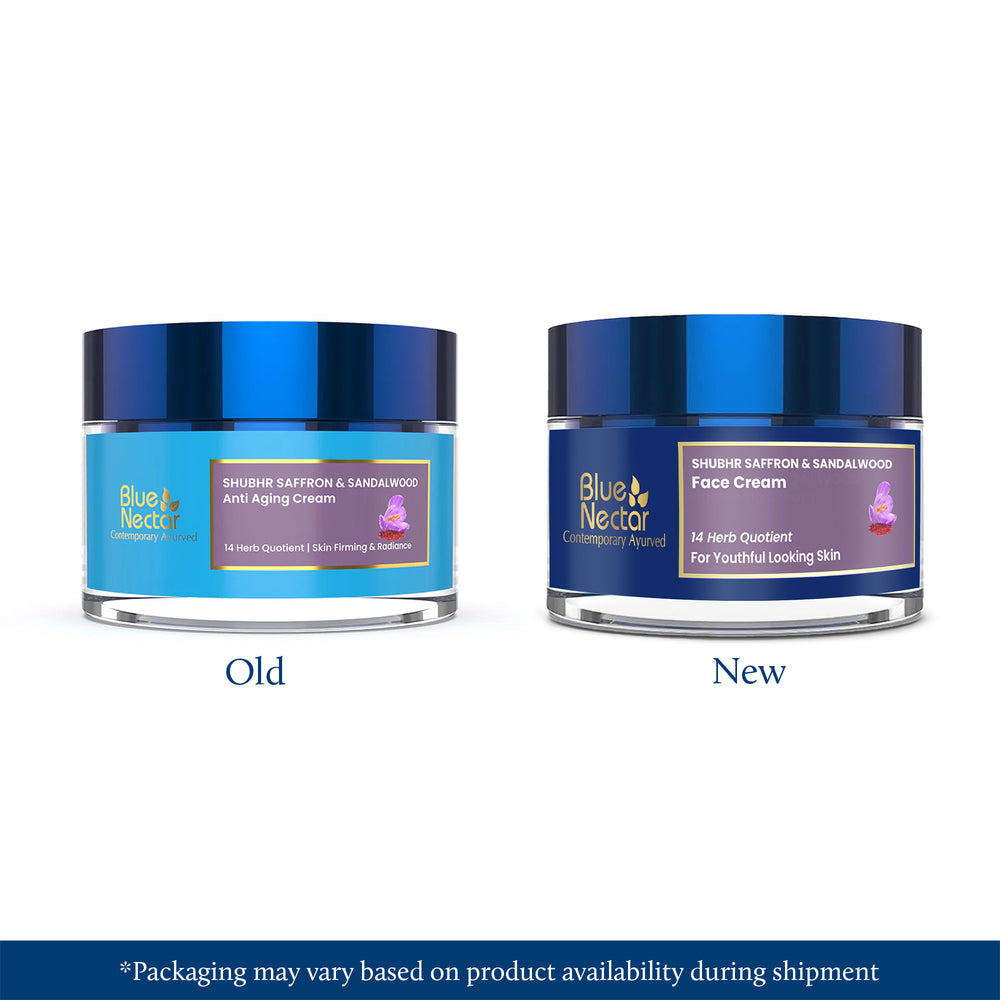
Leave a comment